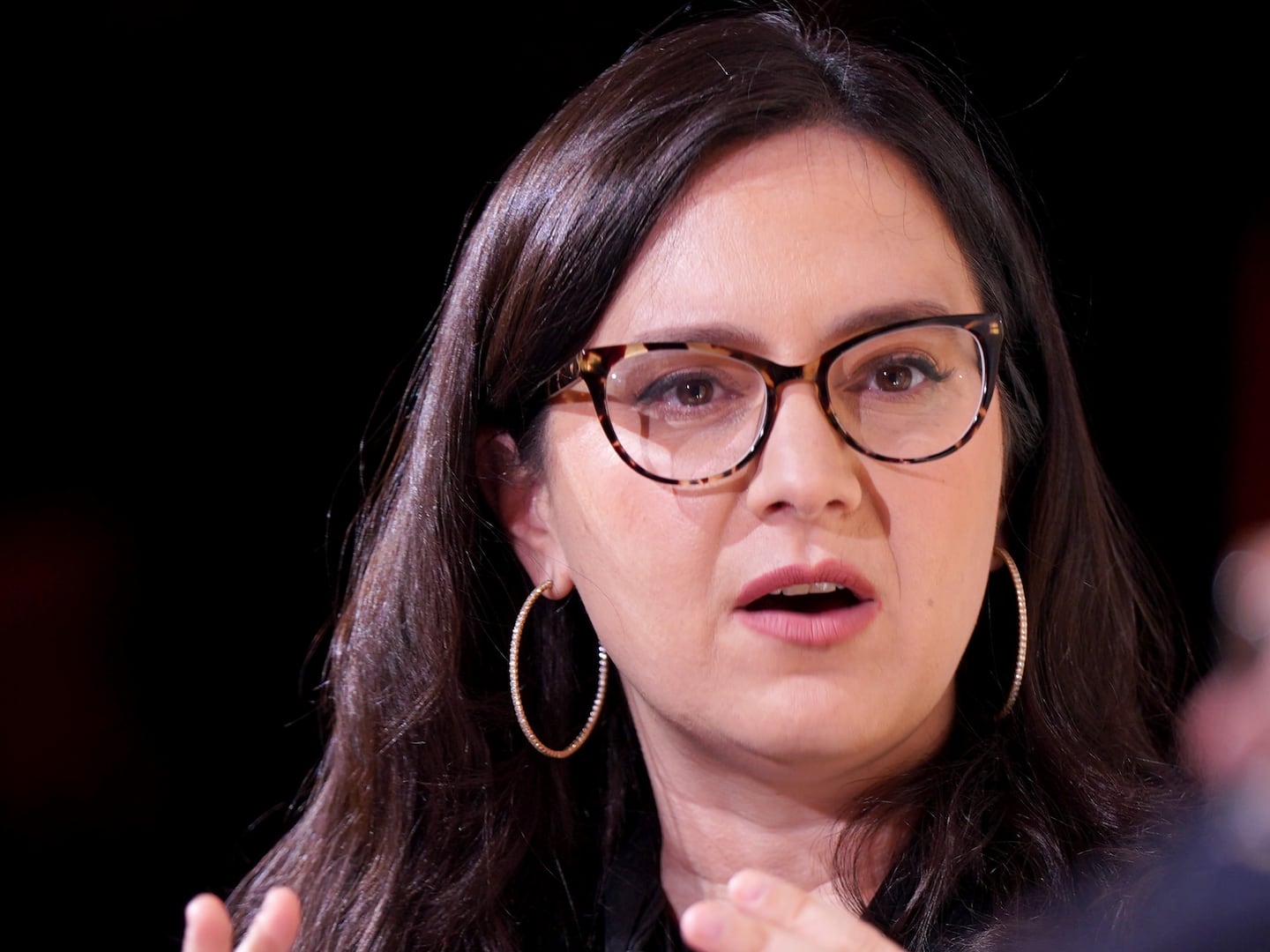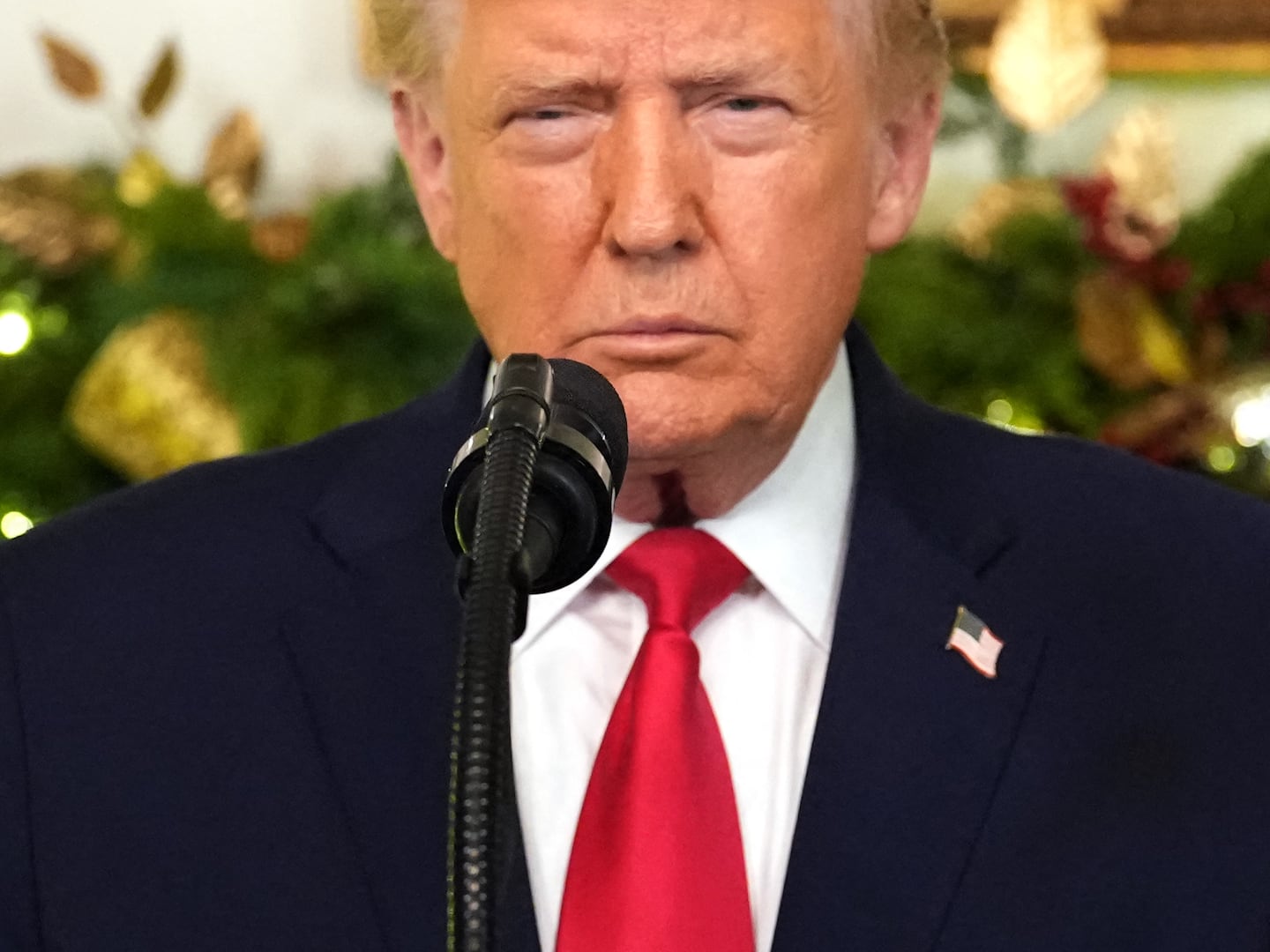
When President Obama finally decides on the strategy for winning what he called the "necessary war" in Afghanistan, he will need to let our generals know what it is. He might also want to let the Afghan people in on it. After all, they will ultimately determine whether it succeeds or fails.
Unfortunately, it is precisely the Afghan people who are most neglected by our policy today. And we can see the alarming result: Almost two months after Afghans voted in a contested election, Afghan public opinion is fast turning against American and international forces.
Right now one of the most debilitating aspects of this war is the harmful message vacuum regarding American intentions in Afghanistan. The American and Afghan people share many common interests. Continued silence, however, threatens our larger objectives there as much as any verbal misstep or tragic civilian casualty. The point is this: the message that the U.S. will not abandon Afghanistan is not reaching Afghans.
Although the majority of Afghans do not want the Taliban to return, increased anti-American messaging marks a shift from years of American and NATO popularity.
What do we have in its place? On nightly television programs--entitled “Election” in translation—stations such as Noreen, Shamshad and Radio and Television of Afghanistan (RTA) show Afghan civil and opinion leaders engaging in heated debate and decrying the “U.S. and international occupation.” The implication is that we are not really committed to Afghanistan—an extremely damaging communication in a culture of oral tradition where trust matters and withdrawal from previous conflicts resulted in bloody civil war.
• Thomas E. Ricks: The Generals Aren’t Necessarily Right • Gerald Posner: The Taliban’s Heroin Ploy It should not be hard to get our message through, even to the far reaches of Afghanistan’s most remote villages. Indeed, the freeing of Afghanistan's media is one of the success stories of post-Taliban Afghanistan. There are now hundreds of radio and television stations, newspapers, and magazines. According to the Asia Foundation’s 2008 Afghanistan survey, around 51 percent of Afghans receive their news from radio, and another 21 percent receive their news from television. In addition to TV and radio, Afghans rely on family and community networks for information.
For whatever reason, we and our allies are not engaging these outlets to “Afghan-ize” our message and course corrections. Our enemies do not make this mistake. A highly regarded Kabul newspaper editor imprisoned multiple times for criticizing the Taliban regime divides Afghan media into three spheres of influence—outlets attempting to stay independent; networks operated and controlled editorially by warlords; and entities funded by Iranians, who openly aim to culturally persuade Afghanistan and use their Kabul-based stations to celebrate Al-Quds Day and Khomeini Day.
As the Iranians make a concerted effort to influence Afghans, we remain on the sidelines. As the Obama administration conducts yet another strategic review, there's no sign of any appreciation that any successful strategy must include overtures to Afghans active in civil society that will help us project as part a clear message of American intentions.
Unless we do, the rumors and unfounded speculation that the Taliban propagate will continue to diminish our influence—and lead Afghans to hedge their bets. If not addressed soon, public opinion could turn against a U.S. presence.
Although the majority of Afghans do not want the Taliban to return, increased anti-American messaging marks a shift from years of American and NATO popularity.
Historically, Afghans have defeated most invading forces. In contrast, during Operation Enduring Freedom in 2001, American forces were initially welcomed. Early operations in 2001 were quick and successful because of the advantage provided by Afghan support. U.S. forces invaded Iraq in March 2003, and many Afghans questioned the diversion of resources and attention from Afghanistan’s reconstruction. But during the early years, we still had the support of the Afghan people. Only four years ago, 83 percent of Afghans polled by ABC News, the BBC and Ard German TV responded favorably towards U.S. presence. This goodwill has not entirely dissipated, but it will evaporate if we do not communicate our intentions. This spring, an updated poll revealed only 47 percent of Afghans maintained this positive view.
Policymakers must accept the reality of today’s Afghanistan and communicate the basics of our continued support to the Afghan people. We speak of winning “hearts and minds” and “strategic communications.” But if you are trying to win “hearts and minds,” discussions of surgical strikes and withdrawal trickle down into Afghan press without any context or defense, raising difficult questions.
Furthermore, today’s strategic engagement with Afghans lacks a basic understanding of cultural norms. Trust in the intentions of your partner is a cultural notion of importance to Afghans. The pattern of landing in country for a few days every month, visiting the host country’s polling site on Election Day with a heavy security detail, and airing grievances privately expressed to the press—tantamount in Afghan culture to the public shaming of an elde—is counterproductive at best.
“There must be someone [from America] to reply to all of these rumors about America and Afghanistan and provide the right picture to our illiterate society,” says an Afghan friend who survived the Soviet invasion, civil war, Taliban and current conflict.
In short, Americans deserve an Oval Office address from President Obama on Afghanistan and our way forward. But all the eloquence in the world will mean nothing if we do not follow through with a message that speaks to the Afghan people in their own context, and in terms they can understand.
Elise Jordan served as a director for communications in the National Security Council from 2008 to 2009. She worked in the Office of Policy Planning at the State Department as a speechwriter for Secretary of State Condoleezza Rice from 2006 – 2008. For most of the last year, she lived and worked in Kabul, Afghanistan.






